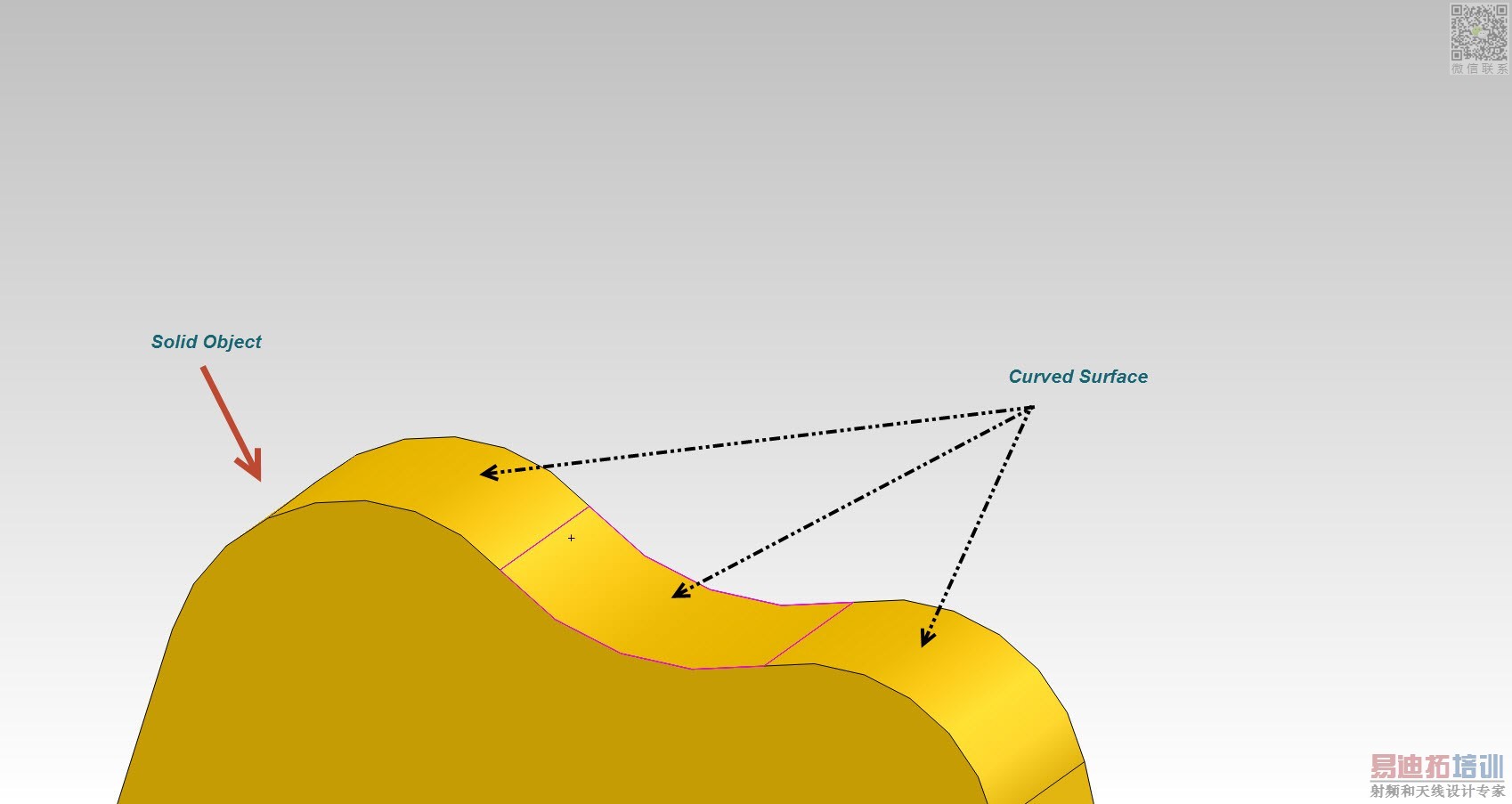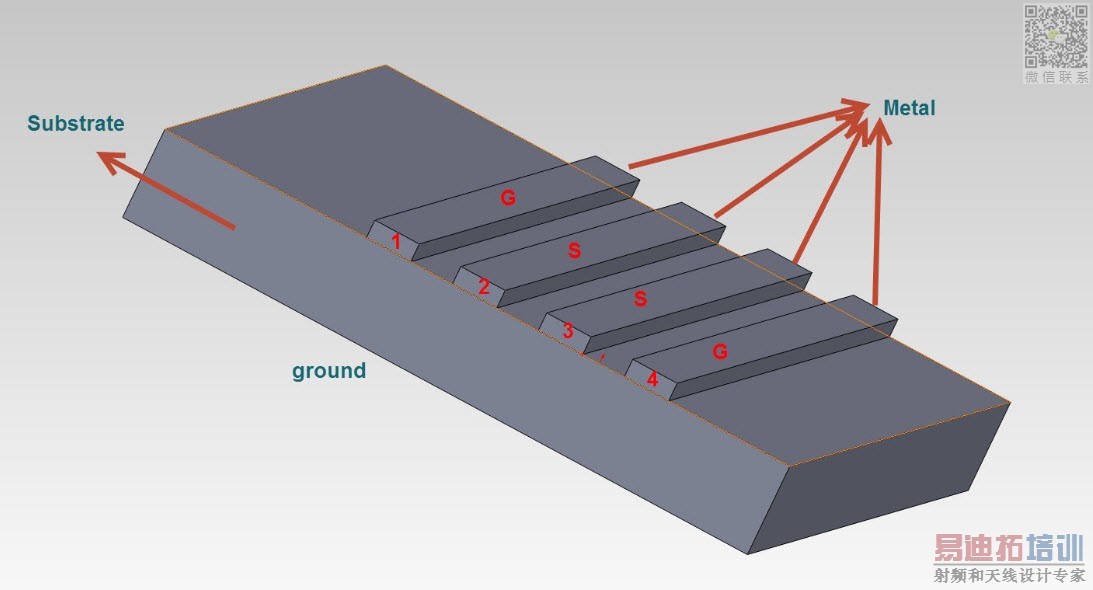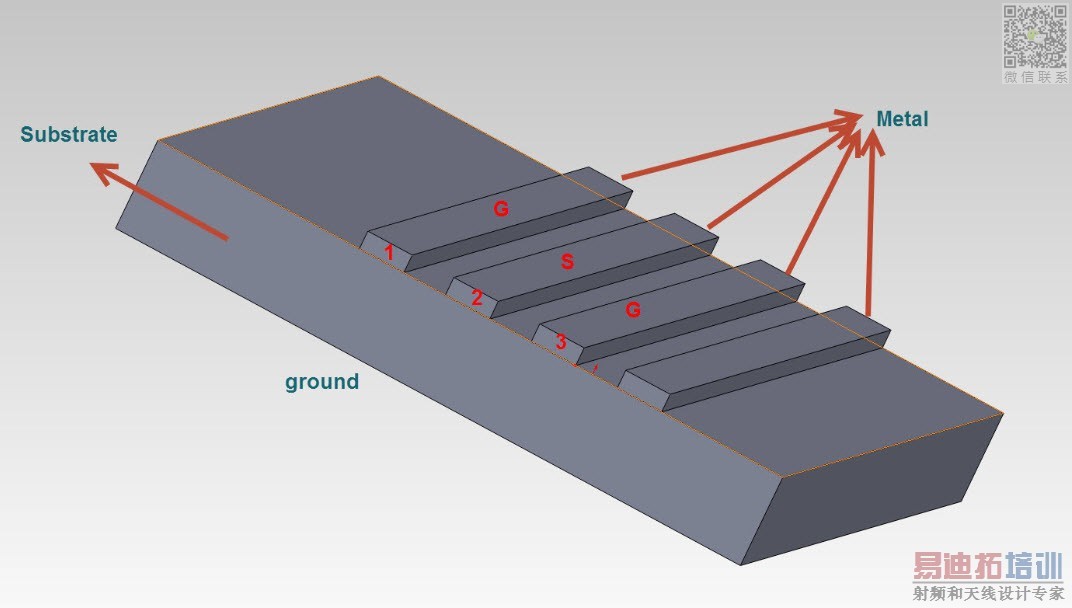How to determine/define a waveguide port on curved surface in CST?
Deal All,
Could anyone tell me how to define the waveguide port on curved surface?
Thanks for help
Hello Contactor.
You can do the following:
1) Extend the curved waveguide when it starts for a straight waveguide having same aperture size as the curved and define the Waveguide port excitation there.
2) Embed and then De-embed the waveguide port to make the excitation possible.
Best,
IH
try to select twp points on your structure and then choose discrete port ,that is the suitable way for general cases
the waveguide only applied for flat structures like rectangular,circular and coaxial surfaces
Hello abdoeng,
Thanks for reply.
I had done the simulation with setting discrete port without any problem, and just want to compare the difference between waveguide port and discrete port.
according to your answer, it means that I should not put my effort to try to setup waveguide port on curved surface.
Thanks a lot.
---------- Post added at 15:56 ---------- Previous post was at 15:49 ----------
Hi IH,
Thanks for your suggestion. all I know the waveguide port should be put on or touch (overlap) on subject, based on that, could you tell me how to extend the curve waveguide? or show me the illustration?
please let me know if something wrong.
Thanks a lot.
look,for ur reply to it
make rectangular block,and ur curved surface should be solid not(inner and outer surface) and select the faces which faces each other ,one of rectangular block and the second of curved surface(using pick face button) and then go to objects-loft) u will see new tie between rectangular block and ur curved surface then using thickness(objects-shell solid-outer) with 0.1mm for make thickness and then put ur waveguide port
I don't know exactly your 'curved' waveguide, hence I can't recommend on practricular solution.
Try to depict it (at GIF/JPEG format) and sent as attachment so it could be reviewed - and based on that, we will be given the best and corrected answer.
IH
HI IH,
Attached is the picture and pointed the curved surface where I want to set up the waveguide port on.

Thanks for paying your attention.
Hello.
I saw your drawing and I guess you need to make an opening somewhere - this is how Waveguide Excitation works.
As already mentioned by abdoneg, you can do a discrete port excitation.
Now, if you already did it, try to see what you get in terms of TE or TM with some E-fields and H-fields monitors and by that to examine if you gets true responses.
Good luck!
IH
Hi IH,
Thanks for replying.
May I get your advice for the questions below?
1. The objects in dimension are small with 0.4/0.5 mm adjacency between each other. Is the discrete port best choice to define the input/output ports?
2. Once the discrete port works, how can I define the ports like GSSG and GSG structure as illustrations attached?


Thanks for help in advance.
Hi contactor.
As shown by you, yes, you can define the ports 1,2,3 and 4 as you set - do this as follow:
For every port assignment you will need to pick up 2 points: 1 is at the ground and the 2nd one is at the lower edge of the PEC port metal lines.
You can simulate a 4 port model doing so.
Or, you can assign for every ports a (+) sign or a (-) - this will set a common-mode port and/or a differential-mode port - try to see at help CST provide - you will find excellent explanations.
Good luck,
IH





